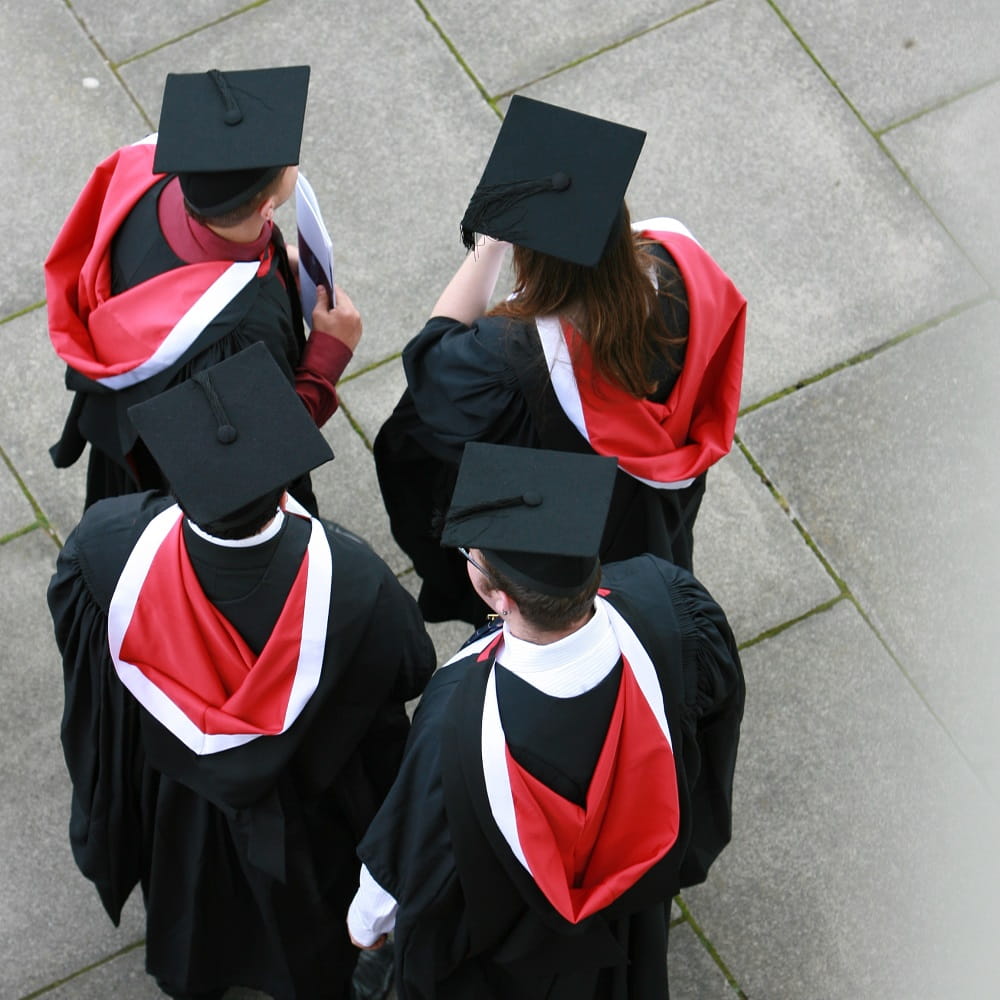All at one table

Originally published 12 December 2018 in Essex Effect.
 Taran Baragwanath takes us through the history of LGBT+ life at Essex
Taran Baragwanath takes us through the history of LGBT+ life at Essex
“Rayleigh, Flat 4.” Taran Baragwanath can pinpoint the exact spot on campus where being gay at Essex really started to change. “This year,” he says, “we found this huge archive of all the LGBT societies.”
Nestling in the boxes, among manifestoes and posters, banners and meeting minutes, Taran found a press cutting from the Colchester Express in October 1971. Roger Shaw (Literature 1972) had told the paper, “If you are ‘Gay’, or ‘Queer’ if you like, you get labelled as a homosexual first and a person second. This is what we want to change.”
Reclaiming labels
Taran, currently Students’ Union (SU) Vice President Welfare and Community, wasn’t born until 24 years later, but can now look back over almost five decades of queer Essex history to see what’s changed. Perhaps one of the most obvious things is the terminology. Roger seems reluctant to use what was then a pejorative term. Taran will cheerfully talk about “my queerness” during the course of our conversation, demonstrating how the community has reclaimed words once used to abuse them.
It’s also instructive to perform a little simple arithmetic on those dates. The first incarnation of the LGBT society appeared four years after homosexuality was partially decriminalised in 1967, but that was three years after the University was established. So, for some of our founding students, the self-discovery and freedom traditionally associated with undergraduate life was nothing of the sort. As David Corney-Walker (Chemistry 1967) told Essex Effect in 2015: “You just buried it.” His friend and contemporary, Peter Avis (Mathematics 1967), told us: “I didn’t have my adolescence until I was 26.”
By contrast, Julian Smith (Mathematical Computation 1974) vividly remembers his elation, when he got his place at Essex, “on seeing that one of the officially recognised student groups was the Gay Liberation Society.” Things had begun to shift, but there was a long way to go. “We were fighting for a society in which gays and lesbians and other sexual minorities had equal rights,” Julian says, “but in those days such a cause seemed impossible to achieve.”
What’s now the LGBT+ and Friends Society welcomes students of all sexualities and genders, and their allies – and the SU has its first Trans Officer. “We’ve now got 60+ gender-neutral toilets on the Colchester campus,” Taran adds, “up from about three, something we’ve battled for for years.” This widening of the community is not without its complications, though, says the Society’s current President, Savanna Rayment: “The concern for some people is, with limited resources, that women’s voices get overshadowed or they might have fewer spaces to make way for trans and non-binary spaces. But the way I see it is: we’re all at one table. It’s not like the chairs get taken away – we just add a table at the end.”
Continuing debate
That debate may not have been settled, but – despite what you may have read about ‘generation snowflake’ – it hasn’t been silenced for fear of causing offence. “What’s fantastic about our generation,” SU President Tancrede Chartier says “is that we’ve opened up discussions we never had in the past. Your rights stop where the rights of another individual start, and while we might disagree about where the line should be, what’s important is to have the discussion.”
So, student life at Essex is still politically charged, but some of the issues have changed. While the 1960s and 70s saw demonstrations against Vietnam, and the 1980s saw marches against Section 28 - a law preventing local councils from ‘promoting homosexuality’, Taran seems unlikely ever to forget the women’s march against Trump: “I remember thinking: this is history being made, and afterwards, seeing headlines about how many hundreds of thousands of people had attended. I was part of that.”
